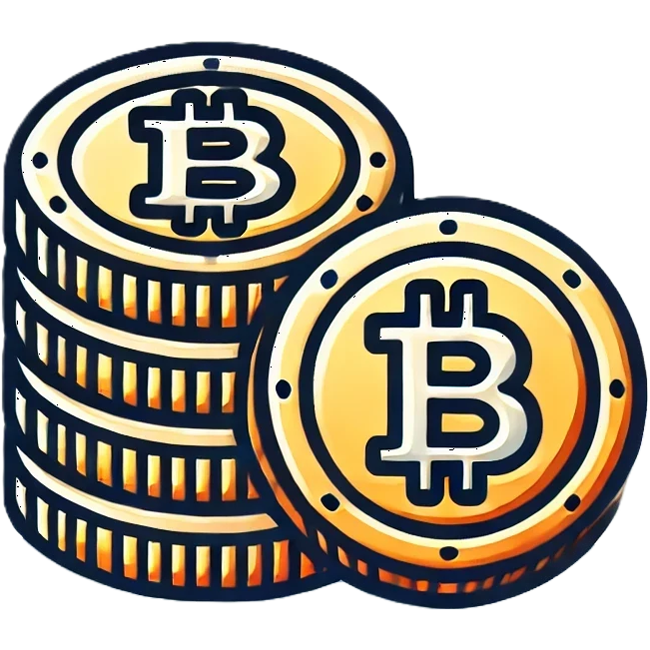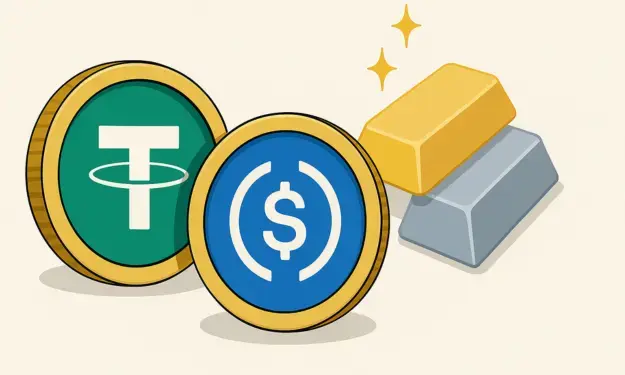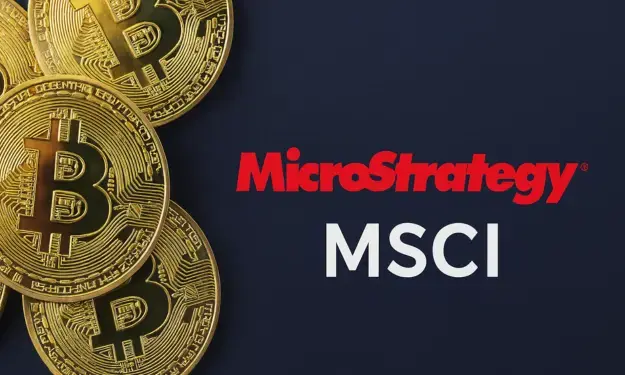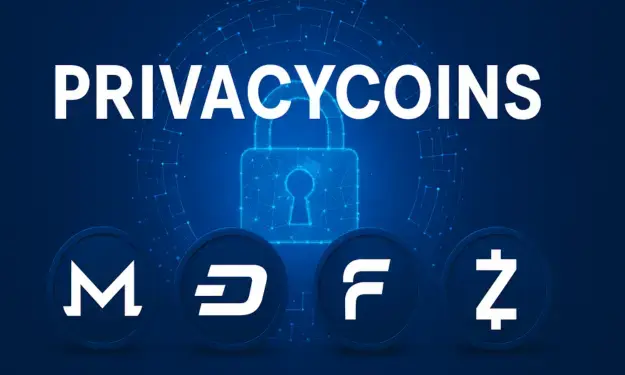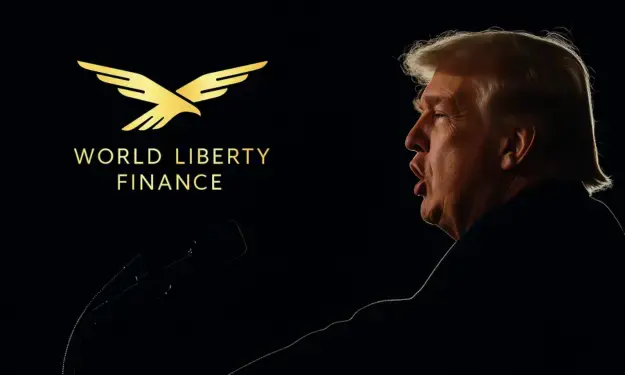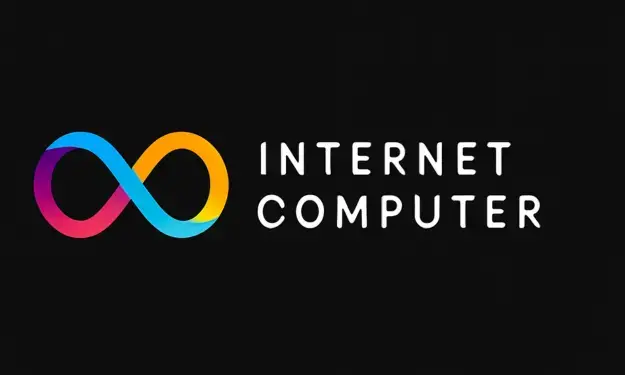Publication date: June 5, 2025
We previously wrote an extensive article about Aave on our website on November 14, 2024, in which we reviewed the protocol's position and potential within the world of decentralized finance (DeFi). You can read that article back here. We are now over six months on, and much has changed both technically and fundamentally. Today, we take another look at where Aave is now, what steps the platform has taken since then, and what opportunities or risks currently present themselves for investors and users.
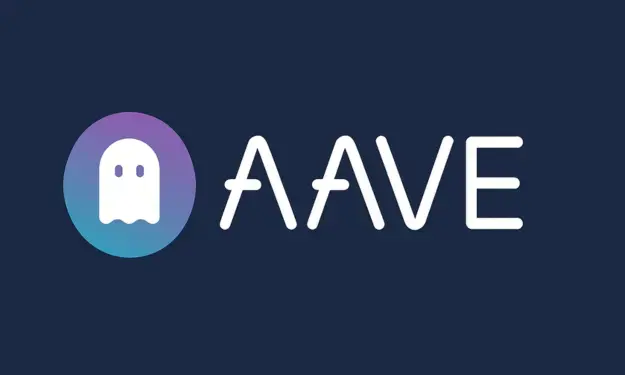
Looking back and positioning
Aave is one of the longest-established and most trusted protocols within the decentralized finance (DeFi) community. Since its launch in 2017 as ETHLend and its renaming to Aave in 2020, the protocol has emerged as the place to borrow and lend digital assets without the intervention of a central party. With a Total Value Locked (TVL) of more than $8 billion by 2021, Aave had long been the undisputed market leader within DeFi lending.
After a period of declining activity in the DeFi market during the 2022-2023 bear market, Aave began attracting investor attention again in November 2024. This renewed interest was fueled in part by the U.S. election results and Donald Trump's decidedly pro-crypto sentiment, leading to a broad coin rally. However, this strong rebound was followed by a sharp correction, which is now slowly giving way to more positive sentiment.
This recovery has been fueled by technology announcements and increasing confidence in Aave's strategic direction. Although the token is still trading well below its May 2021 all-time high of $668, recent developments provide optimism about a possible new phase of growth.
What makes Aave relevant in 2025?
After years of build-up and consolidation, Aave is preparing for a new phase in its development. The protocol, long known as a pioneer within DeFi-lending, is working on a series of innovations designed to drive both technological depth and wider adoption. Three developments stand out: the launch of Aave V4, the emergence of the GHO stablecoin, and the increasing focus on Real-World Assets (RWAs).
1. Aave V4: the bridge between networking and institutional use
The long-awaited fourth version of the Aave protocol is scheduled for the third quarter of 2025. Whereas previous upgrades focused primarily on efficiency and ease of use, V4 focuses on interoperability and institutional integration. Key enhancements include:
-
Cross-chain liquidity, where capital can move freely between networks such as Ethereum, Base, Arbitrum, Polygon and Optimism.
-
AI-optimized interest based on real-time market dynamics.
-
Hybrid privacy and compliance options, with both public and KYC-supported access for different types of users.
With this update, Aave aims to position itself as the DeFi infrastructure of the future scalable, secure and suitable for both private and professional users.
2. GHO: Aave's answer to stablecoin dominance
In 2024, Aave introduced its own securely backed stablecoin: GHO. Its use is growing steadily, with more and more applications within the broader DeFi ecosystem. The appeal of GHO lies in:
-
Direct borrowing of GHO through Aave without third-party intervention
-
Governance by $AAVE holders, which keeps users engaged
-
The ability to funnel interest income back to the Aave DAO, which adds to the value of the ecosystem
With further rollout across multiple networks and integrations into e-commerce and payment apps, GHO could eventually become a serious competitor to USDC, USDT and DAI.
3. RWAs: bridge to traditional markets
Aave is also actively exploring the world of Real-World Assets (RWAs), in which physical or traditional financial assets are tokenized on the blockchain. Through partnerships with Centrifuge, Maple and Tokeny, among others, Aave facilitates the use of such assets as:
As regulations become more stringent worldwide, the need for transparent and reliable infrastructure is growing. Aave seems well prepared for this and offers institutions a serious option to make the move to DeFi responsibly.
Aave is once again proving its relevance in a rapidly changing crypto market. With the advent of V4, the expansion of GHO and the bridge function towards RWAs, the protocol focuses on technological innovation as well as practical applicability. For investors who believe in the maturity of DeFi, Aave thus remains a project to keep a keen eye on.
Price development of Aave
The chart below shows AAVE's share price movement over the past year. It clearly shows the striking crypto rally at the end of last year. In the weeks following our November 14 article, AAVE's share price doubled within a short period of time with a peak reached around $400. The zone around $380 acted as a strong resistance limit for some time, after which the price moved volatile between $280 and $380 for several weeks.
Ultimately, AAVE proved unable to hold this level. Like many other cryptocurrencies, the token went through a sharp correction in early 2025, bottoming out at around $120 in early April.
Since then, however, AAVE has again shown strong recovery. In recent weeks, the price has again doubled from its low point, indicating renewed confidence among investors. This optimism is fueled in part by the announced launch of Aave V4, which promises significant technological innovations.
The big question now is whether this momentum will be enough to bring AAVE back to its December price level, around $380. The next few weeks will be crucial in answering that question.
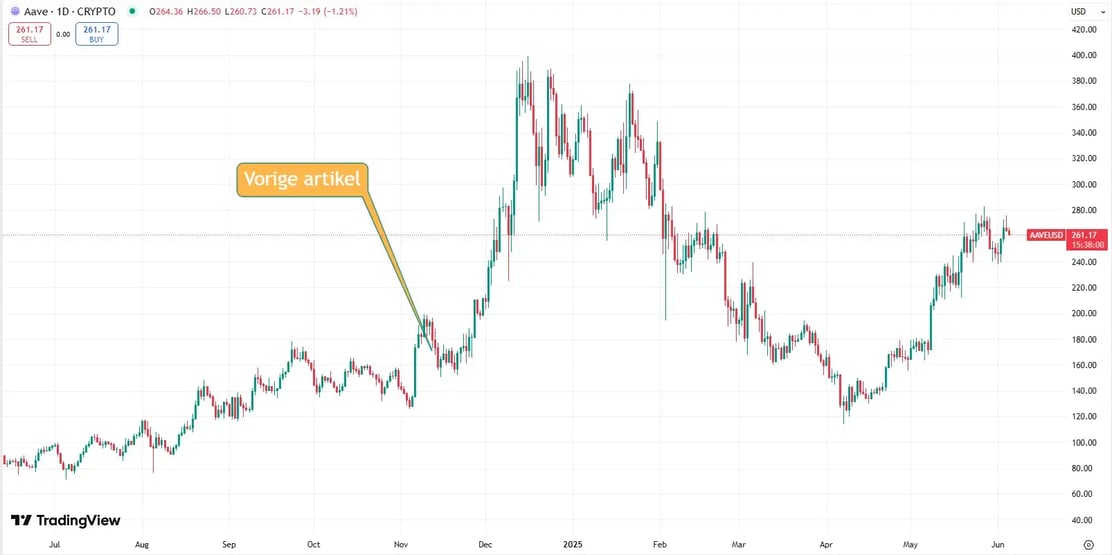
What could drive up the price of Aave?
1. Launch of Aave V4: The expected release of Aave V4 in Q3 2025 could provide new momentum. Enhancements such as multi-chain liquidity, AI integration and institutional access could make the protocol more attractive to a broader user base.
2. Growth of GHO: Adoption of Aave's proprietary stablecoin GHO is increasing. More use of it within DeFi may lead to higher activity on the platform and more involvement of $AAVE holders through governance.
3. Increased TVL via RWAs and cross-chain lending: Aave is capitalizing on the tokenization of real assets (RWAs) and expanding to multiple blockchains. This may provide an increase in total capital within the protocol.
4. Higher interest rate environment: Rising interest rates in the traditional economy make DeFi lending more attractive, which may attract capital toward platforms like Aave.

.svg)




